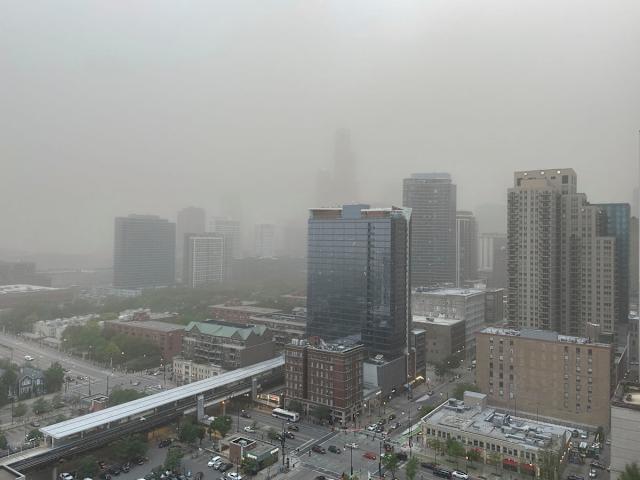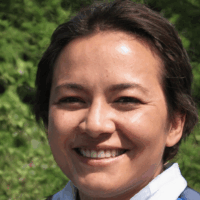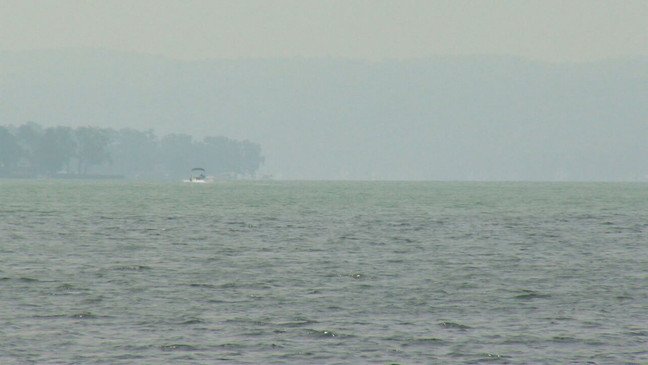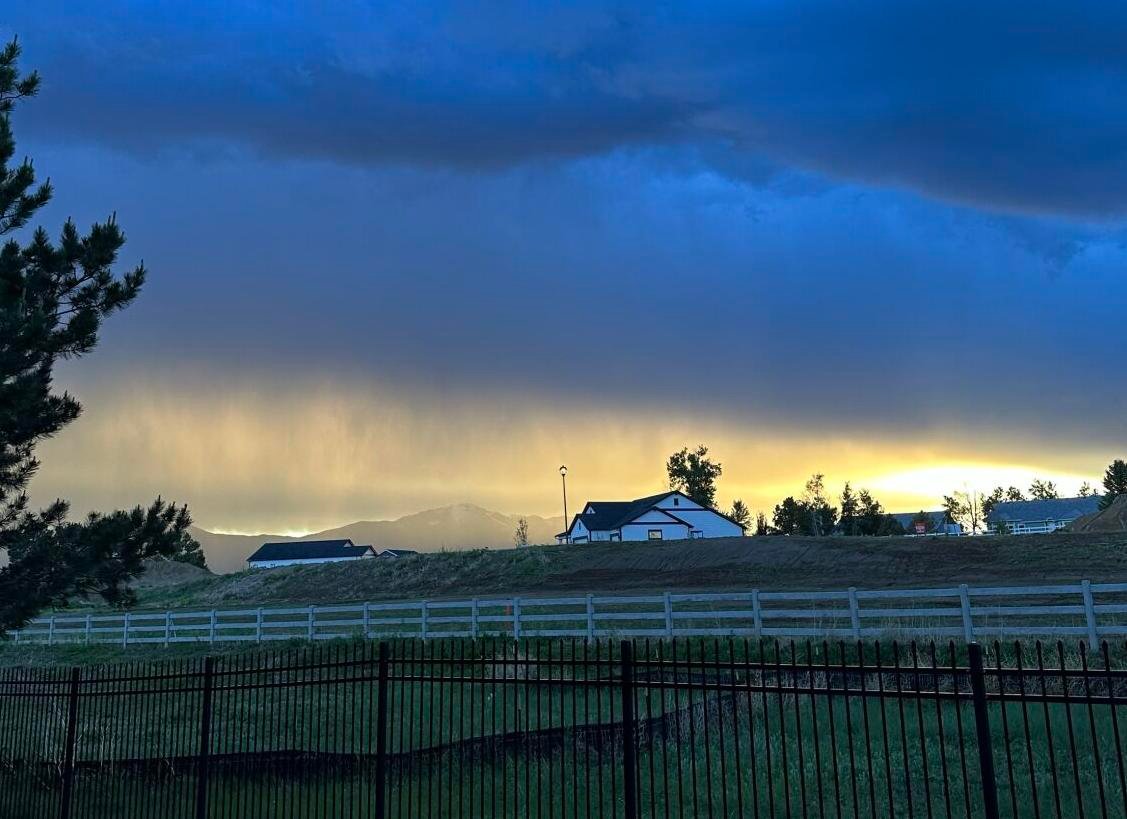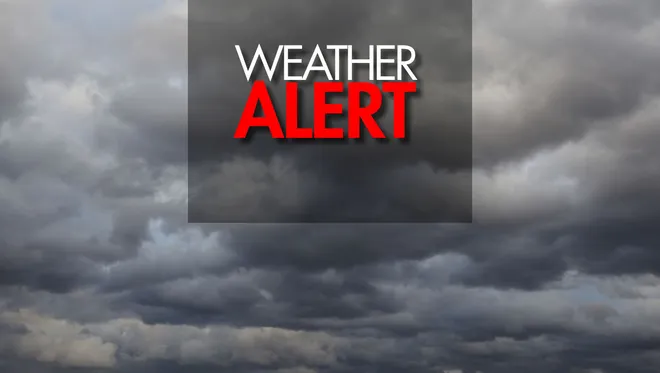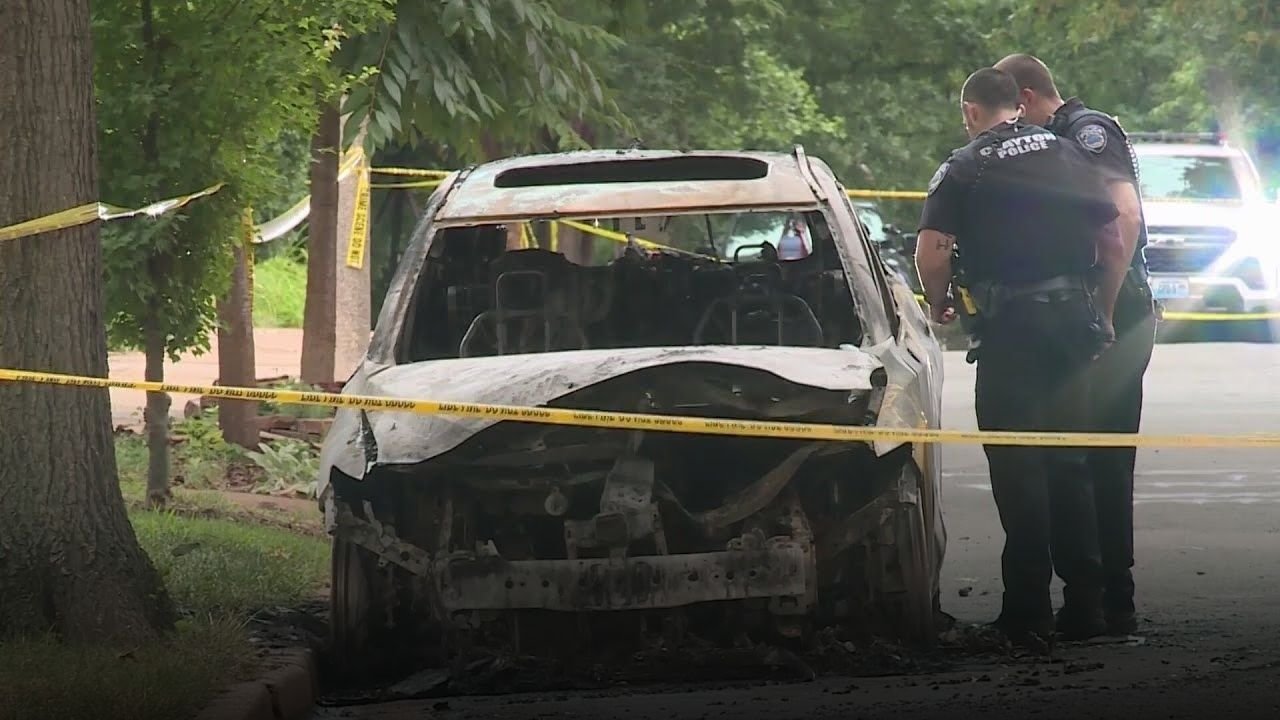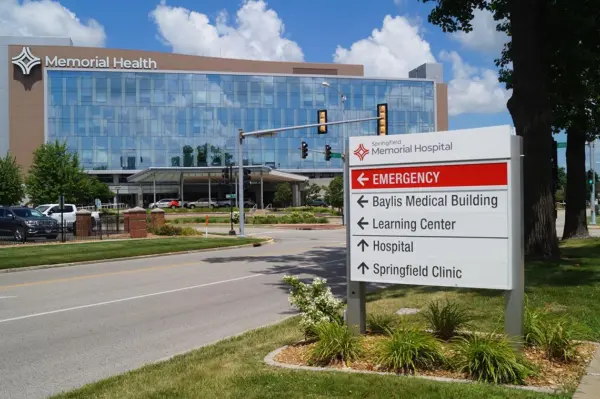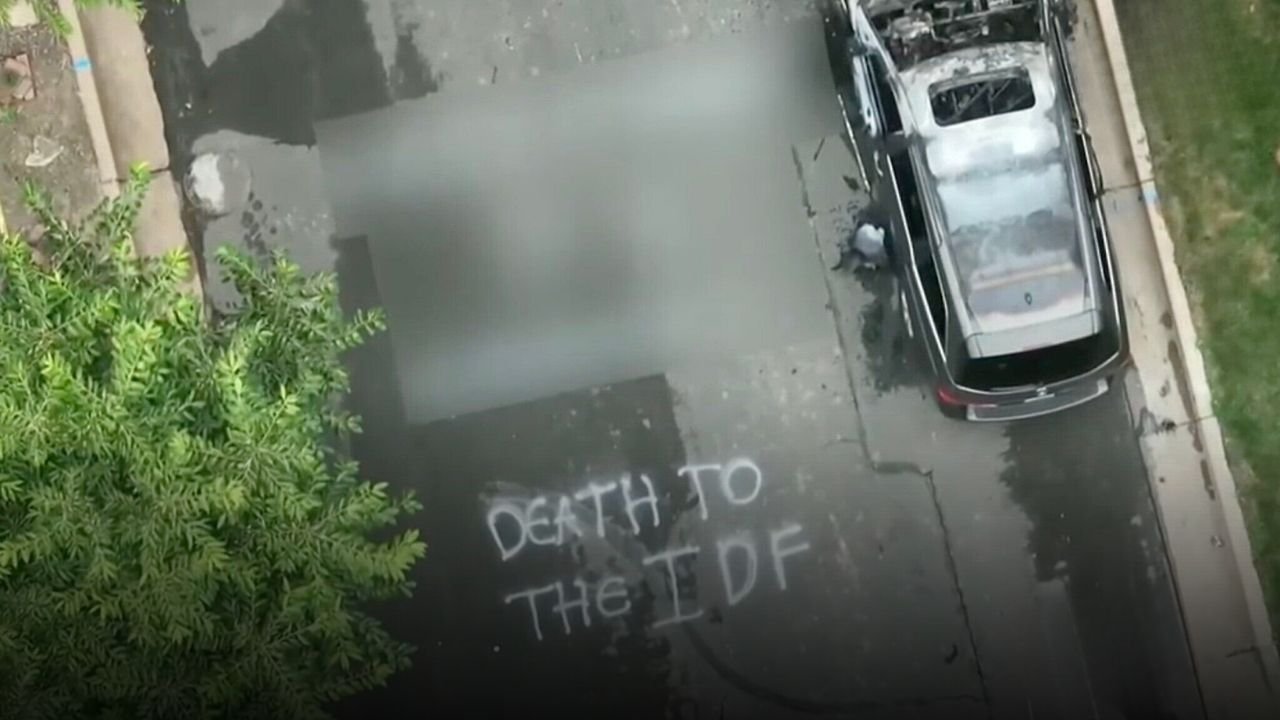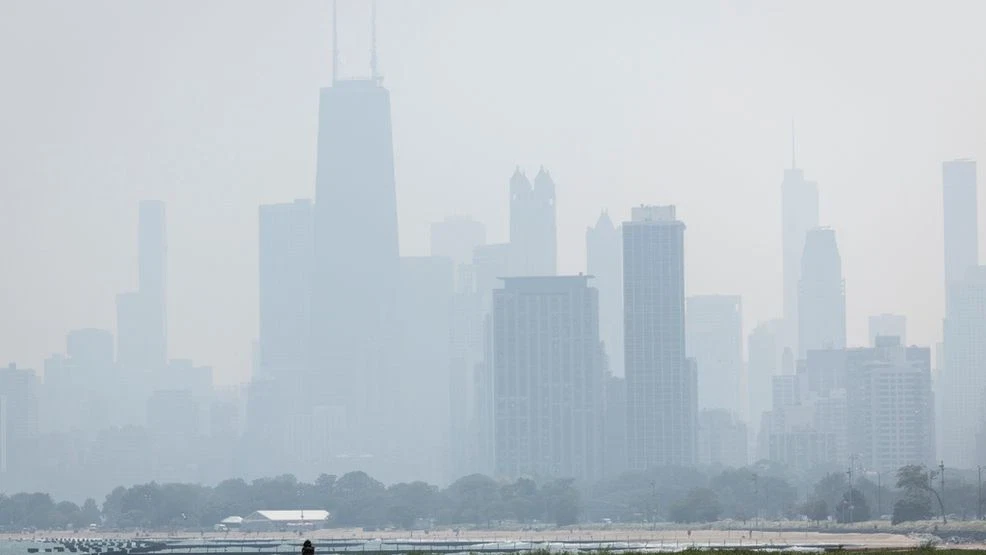CHICAGO, IL — Chicago experienced a rare weather event in May 2025 — its first large-scale dust storm in more than 90 years. The storm swept through the city after developing over dry farm fields near Bloomington, reducing visibility and triggering concerns about air quality.
Now, researchers say the storm likely carried more than just dust. According to environmental experts cited by The Independent, the cloud may have included toxic farm chemicals, pesticides, and heavy metals like lead and arsenic.
What Caused the Storm?
The storm originated in central Illinois on May 16, as high winds swept over dry, tilled farmland. The combination of loose topsoil, lack of vegetation, and warm conditions allowed a dust cloud to rise and travel northeast toward Chicago.
Meteorologist Eric Lenning of the National Weather Service called the event “unprecedented” in recent memory, as quoted in The Independent. Visibility fell to near zero in some parts of the city, including Midway Airport, leading to travel delays and public alerts.
What Was in the Dust?
According to environmental scientists:
- The dust likely contained fine particulate matter (PM2.5 and PM10)
- Trace elements such as lead, cadmium, and arsenic were found in samples
- Residual pesticides and herbicides from industrial farm fields may also have been airborne
Experts including Dr. Karin Ardon-Dryer of Texas Tech University say storms like this can transport dangerous contaminants into urban areas, especially when originating from agricultural regions.
“It’s not just dirt—it’s chemicals,” she told The Independent.
Health Risks and Vulnerable Groups
Exposure to airborne toxic particles can affect:
- Children and seniors
- People with asthma or respiratory conditions
- Residents with limited indoor air filtration
According to the EPA, lead exposure — even through dust — can cause long-term damage to the nervous system and cardiovascular health. Harvard’s School of Public Health has also linked fine particle pollution to elevated rates of illness in urban populations.
EPA – Health Effects of Lead
Harvard – PM2.5 and Health Risks
What’s Driving These Storms?
Researchers believe this won’t be the last such storm to hit the Midwest.
Contributing factors include:
- Increasingly dry conditions due to climate change
- Poor soil management in large-scale farming
- Lack of cover crops or wind barriers
A study by the University at Buffalo warned that states like Illinois may see more frequent dust storms due to changing climate patterns and land use.
“Drylands across the U.S. are expanding, and with them comes an increase in these types of dust events,” said researcher Stuart Evans.
What Happens Next?
So far, the city has not released a formal response or launched public testing programs. However, environmental advocates are pushing for:
- Stricter regulations on pesticide use during dry seasons
- Urban air quality monitoring after major wind events
- Public education on indoor air safety
Some groups, like the Illinois Environmental Council, are calling for statewide soil preservation strategies to reduce dust risk going forward.
Were you in Chicago during the May 16 dust storm? Did you experience breathing issues or air quality concerns? Let us know your experience in the comments — and share what steps you think the city should take next.
Stay connected with ChicagoSuburbanFamily.com for real-time local weather alerts and community health updates.

